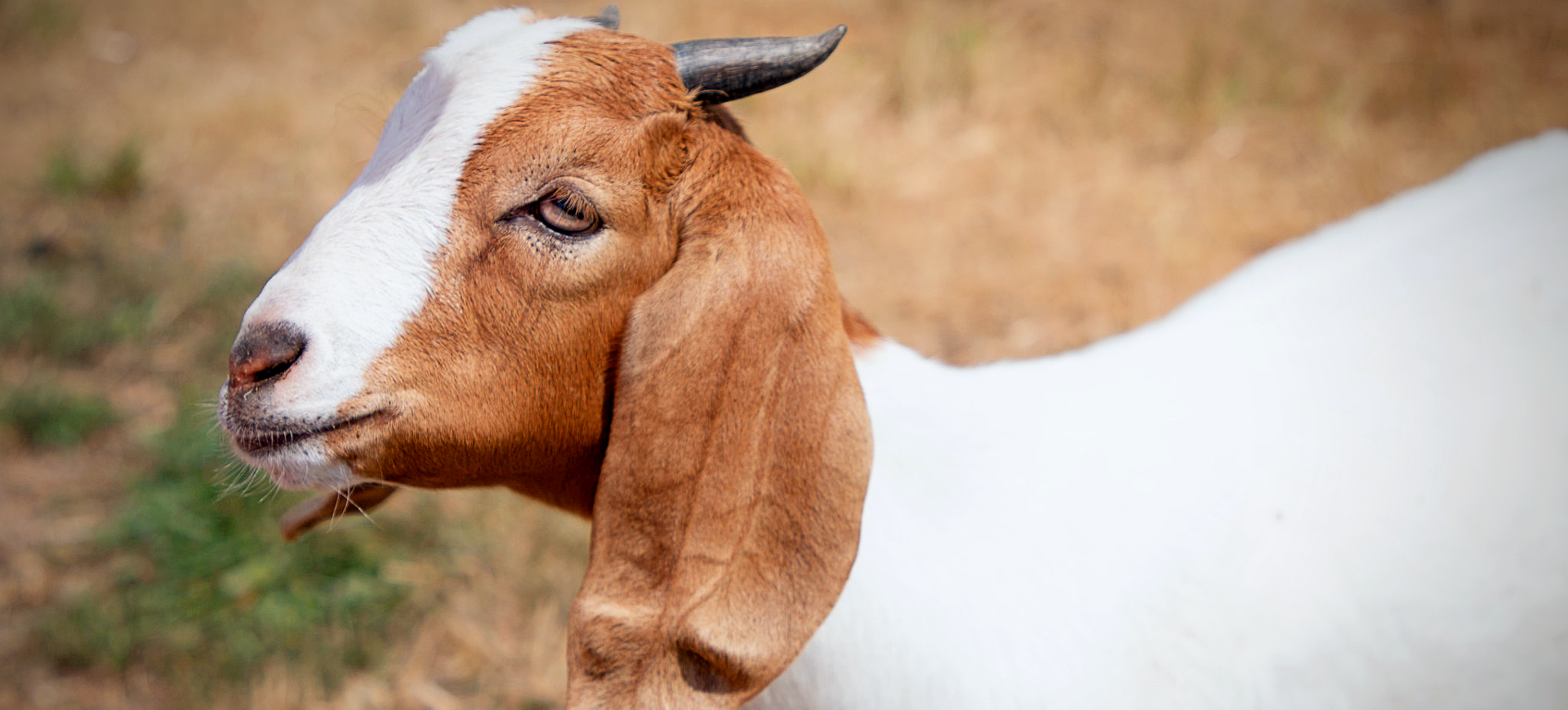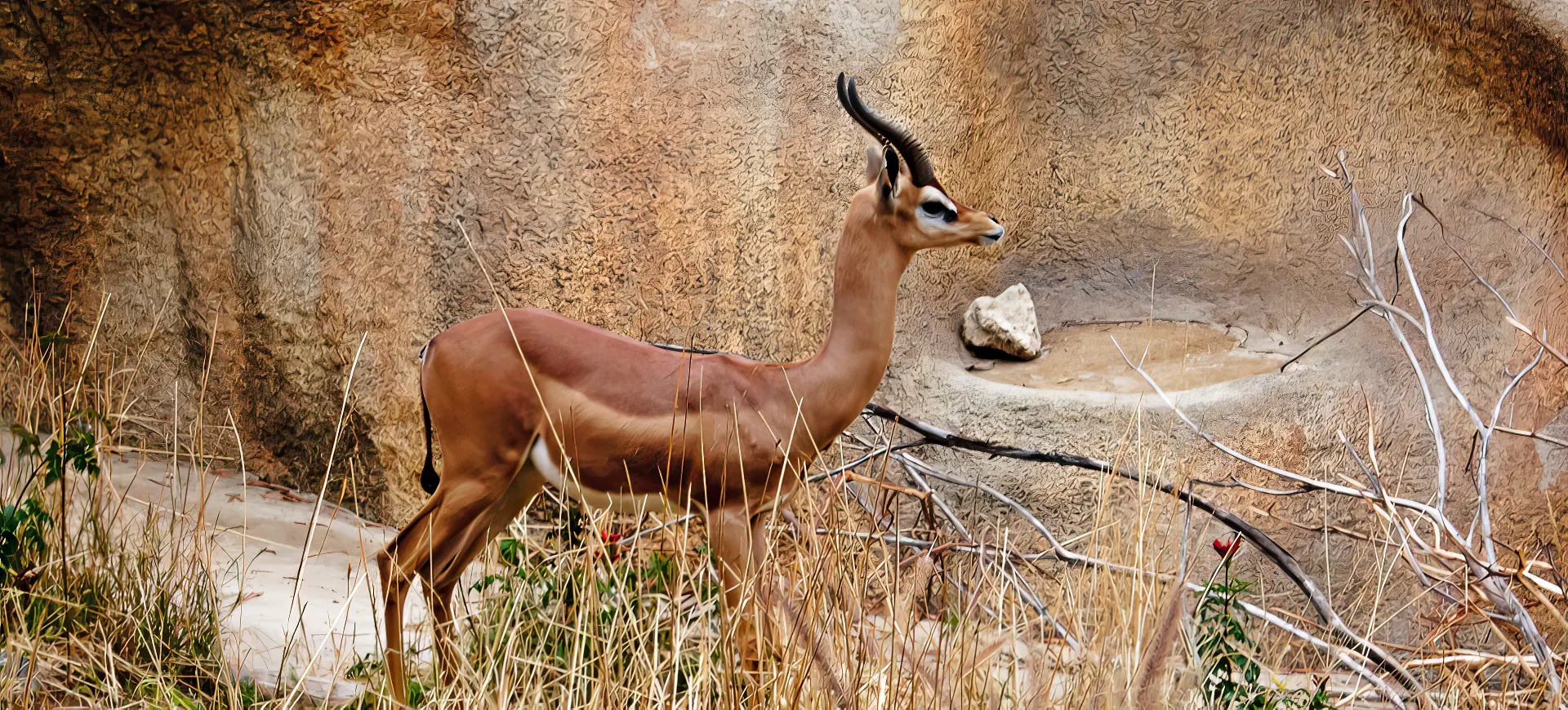Overview
The Sable Antelope is a remarkable creature native to eastern and southern Africa’s savanna woodlands and grasslands. Adapted to these environments, the animal boasts a robust physique that enables it to navigate the challenging terrains it calls home. This antelope is particularly striking because of its dark coat, which varies in color depending on age and gender. Mature males often have black coats, while females and younger males sport hues ranging from chestnut to dark brown. This coloration makes them visually captivating and may play a role in thermoregulation and camouflage.
One of the most distinctive features of the Sable Antelope is its long, scimitar-shaped horns. These horns can grow up to 65 inches long in males, while they are slightly smaller in females. These horns are not just ornamental; they serve critical functions for the antelope’s survival. Their curve and length make them formidable weapons for self-defense against predators like lions and hyenas. Moreover, the horns are used in dominance fights within the herd, where males engage in contests to establish social hierarchy and the right to mate with females.
The Sable Antelope’s majestic appearance and remarkable horns have made it an iconic species in the African wilderness. However, these features have also made it a target for trophy hunters, putting pressure on its population. These antelopes use their horns to defend against predators and establish and maintain social order within their groups, making them essential to the animal’s behavioral ecology. While they are awe-inspiring to observe, they remind us of the antelope’s complex life and challenges in the wild.
Taxonomy
Kingdom
Phylum
Class
Order
Family
Genus
Species
Sub Species
Type
Physical Description:
The Sable Antelope has a robust build, with a strong and elongated neck. Its coat color varies by age and gender, but mature males typically sport a rich, black coat, while females and young are often chestnut to dark brown. The underparts and faces have white markings, including a characteristic white facial mask. Their eyes are large and dark, adapted for better vision in day and nighttime conditions.
The Sable Antelope is renowned for its long, curved horns, especially in males, which can be up to 65 inches long. The horns are ringed and arch backward, reaching beyond the back when fully grown. They serve as a tool for self-defense against predators and as a means of establishing social hierarchy within groups.

Lifespan: Wild: ~19 Years || Captivity: ~22 Years

Weight: Male: 440-500 lbs (200-227 kg) || Female: 350-400 lbs (159-181 kg)

Length: Male: 75-94 inches (190-240 cm) || Female: 70-85 inches (178-216 cm)

Height: Male: 48-55 inches (121-140 cm) || Female: 44-50 inches (112-127 cm)

Top Speed: 35 mph (56 km/h)
Characteristic:
Native Habitat:
The Sable Antelope is native to the savanna woodlands and grasslands in various parts of eastern and southern Africa. These habitats provide both the grasses they prefer to eat and the cover they need for protection from predators. They are commonly found in flat and slightly elevated terrains but tend to avoid overly dense forests and very arid regions.
They thrive in woodland and open grassland areas, allowing for optimal grazing and shelter. The Sable Antelope is well adapted to these environments, with its strong and elongated neck aiding in foraging both at ground level and in taller vegetation.
Biomes:
Biogeographical Realms:
Continents:
Diet:
Diet & Feeding Habits:
The Sable Antelope is primarily a grazer that consumes various types of grass. However, they have been known to eat leaves and branches when grass is scarce. They are selective feeders, choosing the most nutritious grasses for consumption, often avoiding coarse grass types.
Sable Antelopes have a complex stomach, allowing them to digest fibrous plant materials efficiently. They often require access to water and will travel great distances to find it, although they can also survive periods without water when grazing on moisture-rich vegetation.
Mating Behavior:
Mating Description:
The Sable Antelope typically has a polygynous mating system where a single dominant male mates with multiple females in the herd. Males engage in fierce fights using their long, curved horns to establish dominance and the right to mate. These confrontations can sometimes be fatal but are usually limited to pushing and locking horns.
The female Sable Antelope gives birth to a single calf after a gestation period of about 270 days. Calving often occurs in secluded areas, where the mother and calf remain for several days before joining the herd. The young are weaned at about 8 months but may remain with their mothers longer.
Reproduction Season:
Birth Type:
Pregnancy Duration:
Female Name:
Male Name:
Baby Name:
Social Structure Description:
Sable Antelopes live in social groups that usually consist of one dominant male, several females, and their offspring. Although larger aggregations have been reported, these herds can range from 10 to 30 individuals. The dominant male is responsible for the protection of the herd and usually mates with the females.
In addition to family-based herds, young males often form bachelor groups. These males are usually evicted from the herd when they reach sexual maturity and will form their groups until they are strong enough to challenge a dominant male for control of a herd.
Groups:
Conservation Status:
Population Trend:
The Sable Antelope is currently classified as Least Concern by the IUCN. While they were once abundant across their natural range, their populations have declined primarily due to habitat loss and hunting. Populations are fragmented and increasingly isolated, which results in genetic bottlenecks and increased vulnerability to local extinctions.
Despite its regal appearance and demeanor, the Sable Antelope faces multiple threats, including hunting for its beautiful horns and hide. In some regions, they also face competition with domestic livestock for grazing land and water, contributing to their declining numbers and range restrictions.
Population Threats:
Habitat loss is the most significant threat to the Sable Antelope, primarily due to agricultural expansion and human settlement. As human activities encroach upon their natural habitat, these antelopes are pushed into less suitable areas, increasing competition for resources and greater vulnerability to predators.
In addition to habitat loss, the Sable Antelope faces threats from hunting and poaching. Their impressive horns make them a target for trophy hunters, while their meat is also sought after. The fragmentation of their habitat makes them more susceptible to human activities, including snaring and vehicle collisions.
Conservation Efforts:
Conservation efforts for the Sable Antelope include habitat restoration and establishing protected areas. Some populations have been successfully reintroduced into regions where they were previously extirpated. Anti-poaching measures are also in place in many areas, although enforcement remains challenging.
Educational programs aim to raise awareness about the plight of the Sable Antelope and the importance of preserving its natural habitat. These programs often involve local communities, whose involvement is crucial for the long-term success of conservation initiatives. Public and private partnerships are also being explored to secure funding and conservation of land.
Additional Resources:
Fun Facts
- Sable Antelopes are excellent swimmers.
- They use their horns to dig for roots when food is scarce.
- The species has a complex stomach for efficient digestion of fibrous plants.
- Sable Antelopes are one of the few antelope species where the female also has horns.
- They have a unique “pronking” display to deter predators.
- Their coat darkens with age, especially noticeable in males.
- Calves are usually able to stand within just a few hours after birth.
- They have large scent glands beneath their eyes, used for marking territory.
- Unlike many antelopes, Sables will confront predators like lions rather than flee.
- Their social structure allows younger males to learn from older, more experienced males.
















































































